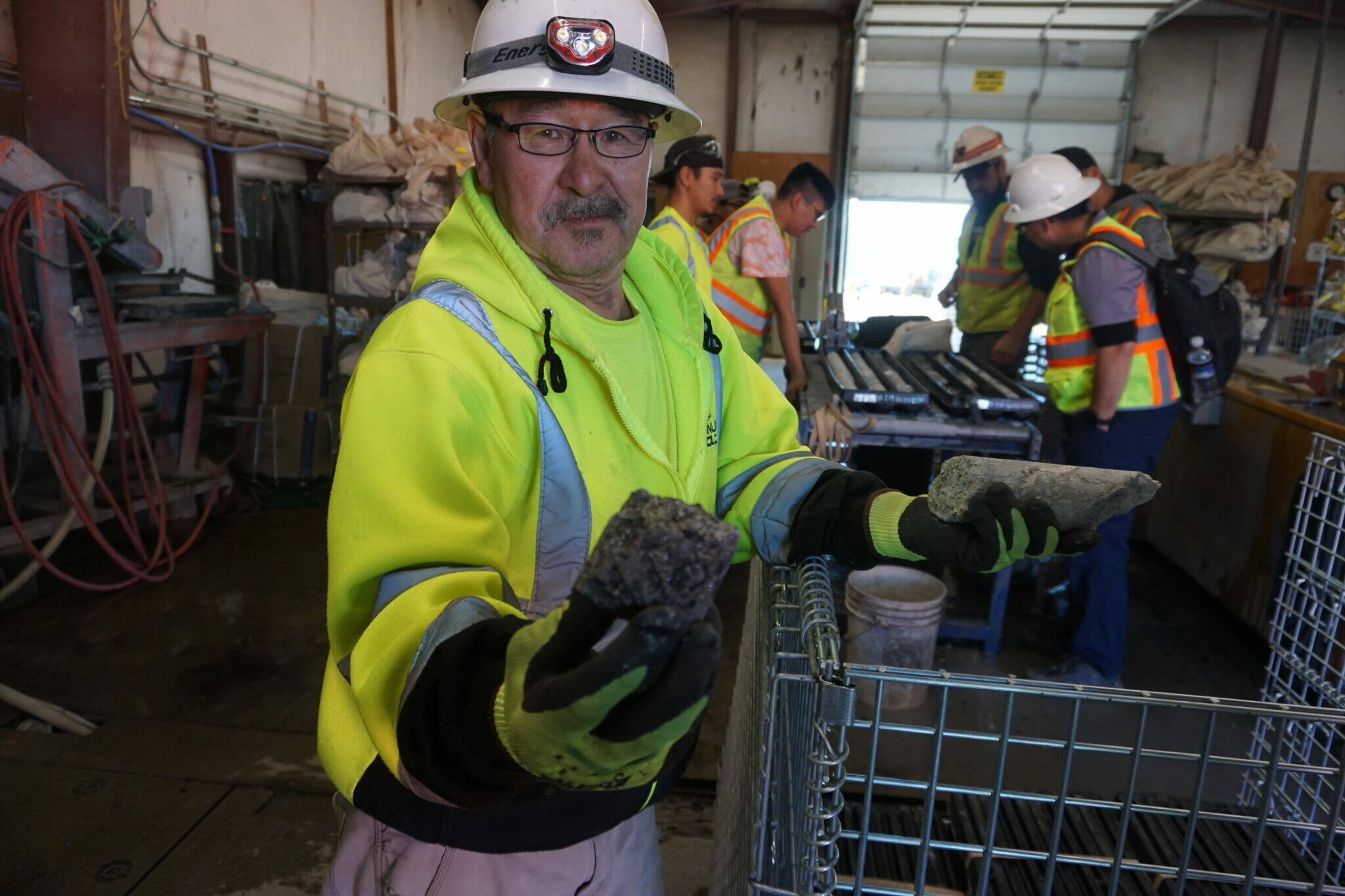Alaska’s mining industry supported 11,800 jobs and $1.1 billion in total wages in 2023, according to a report commissioned by the Alaska Miners Association and Alaska Metals Mines.
The four-page report, by the McKinley Research Group, uses data from 2023 and earlier years to calculate the economic impacts of one of the state’s largest industrial sectors.
The 2023 employment totals show growth from 2021 figures detailed in a more extensive report released in 2022 by the McKinley Research Group. That earlier report listed 10,800 jobs and $985 million in wages, a total that included 5,400 direct mining jobs and additional indirect and induced employment created by what’s known as a “multiplier effect.” That multiplier calculated jobs and wages created by mining companies’ and mining employees’ spending.
There are economic impacts beyond employment, the new report said. Those include revenues for state and local governments, job training and skill development for Alaskans building their careers, shared revenue among Alaska Native corporations and contributions to nonprofits, it said.
Mining companies provide most of the local tax revenues in the Northwest Arctic Borough, the Fairbanks North Star Borough and the City and Borough of Juneau, the report said. Local tax payments from mining companies totaled $50 million in 2023, it said.
For the state government, the industry provided $136 million in revenues in 2023, the report said.
State revenues include royalties, which are charged at 3% on revenues from minerals production on state land. There is, additionally, a royalty charged on coal produced on new state leases.
The 3% royalty rate for minerals compares with the 12.5% rate normally charged on oil produced from state lands.
There are seven major producing mines in the state, six of which are metals mines in locations ranging from Southeast Alaska to Arctic Northwest Alaska: Red Dog, Greens Creek, Fort Knox, Pogo, Kensington and Manh Cho. The seventh major producing mine is the Usibelli Coal Mine. There are also eight large projects nearing development or in advanced stages of exploration. Among those considered to be near development is the controversial Pebble mine, which faces an uncertain future because the Environmental Protection Agency in 2023 invoked a special rule to bar permitting of that project. Also listed as near development is the Donlin Gold project in Western Alaska.
Red Dog is one of the world’s largest zinc producers, and it produces lead as well. The Greens Creek mine is one of the world’s largest silver producers. Kensington, Fort Knox, Pogo and Manh Cho are gold producers.
Among the state’s seven largest producing mines, Alaska residents make up 72% of the workforce, according to the McKinley report. The 28% share of nonresident workers compares to a statewide average, among all industries, of 15.3% as of 2019, according to a 2021 report from the Alaska Department of Labor and Workforce Development.
According to the more extensive 2022 McKinley Research Group report, zinc accounted for 51% of the value of Alaska’s statewide minerals production. Gold ranked second in value at 37%. That was followed by silver at 7%, lead at 3%, coal at 2% and rock, sand and gravel at 0.2%.
• Yereth Rosen came to Alaska in 1987 to work for the Anchorage Times. She has reported for Reuters, for the Alaska Dispatch News, for Arctic Today and for other organizations. She covers environmental issues, energy, climate change, natural resources, economic and business news, health, science and Arctic concerns. This article originally appeared online at alaskabeacon.com. Alaska Beacon, an affiliate of States Newsroom, is an independent, nonpartisan news organization focused on connecting Alaskans to their state government.

